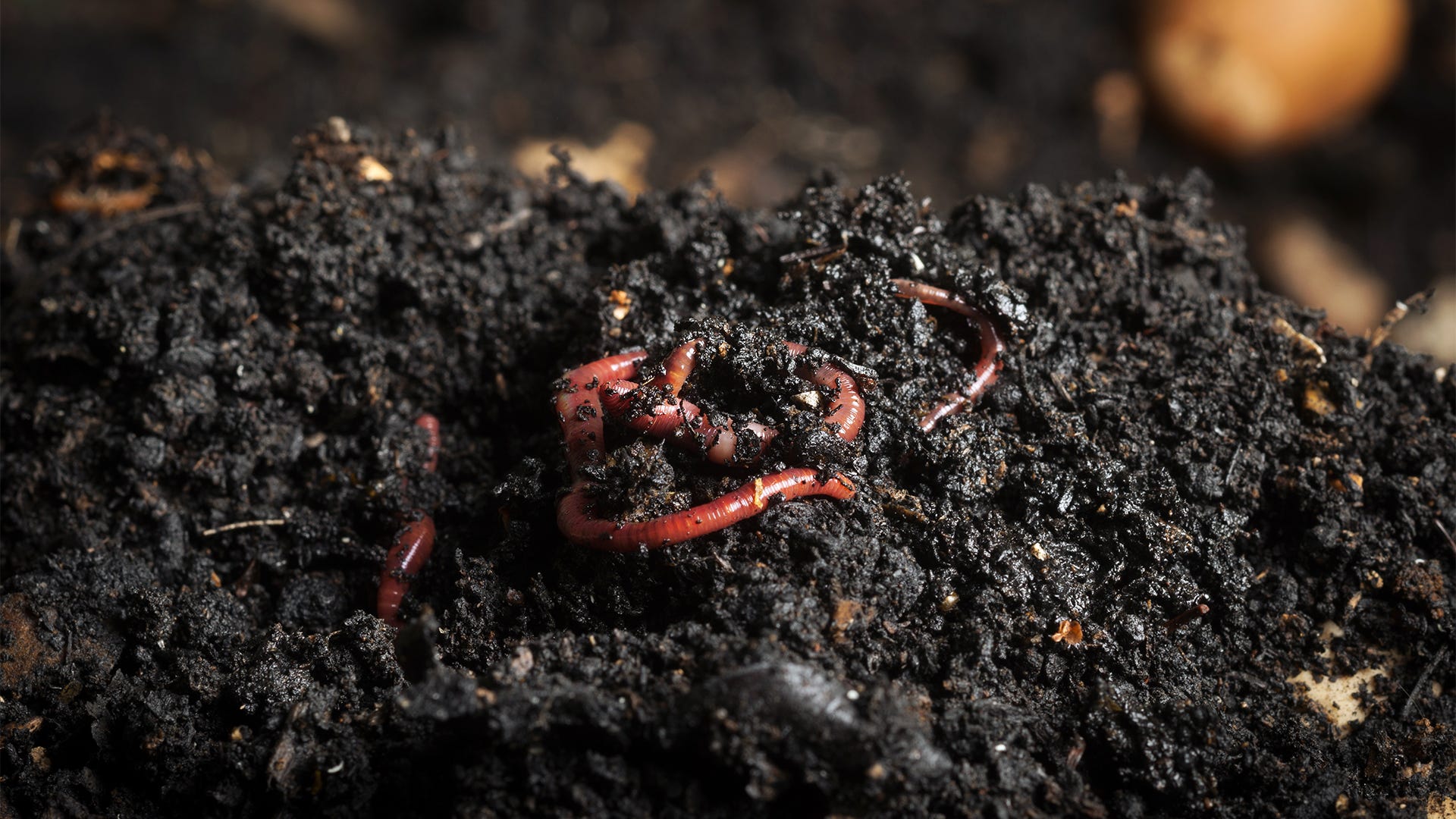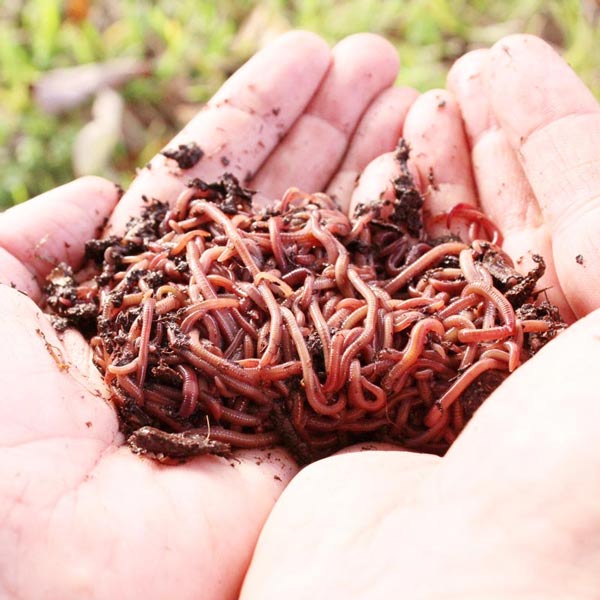Composting red worms: A guide to care
Composting red worms: A guide to care
Blog Article
Transform Your Garden With Red Wigglers: Advice
Red wigglers are not just an interest for compost enthusiasts; they are crucial representatives of improvement for any garden. By developing a basic worm bin and comprehending the dietary demands of these impressive creatures, garden enthusiasts can significantly boost soil quality and plant wellness. The procedure of converting organic waste into abundant, abundant spreadings is both uncomplicated and rewarding. The real possibility of red wigglers goes beyond plain composting. Discovering the nuances of their treatment and the varied applications of their by-products can open also higher benefits for your horticulture undertakings.

Advantages of Red Wigglers
Red wigglers, clinically referred to as Eisenia fetida, are usually hailed as nature's composting champions. These amazing worms offer numerous vital advantages that can considerably enhance garden wellness and performance. They are reliable decomposers, damaging down natural product such as cooking area scraps and yard waste right into nutrient-rich vermicompost (red worms). This all-natural plant food improves the soil, advertising healthy plant growth and enhancing soil framework.

Another noteworthy advantage of red wigglers is their capacity to reduce waste. By composting organic materials that would otherwise contribute to landfill waste, they play an essential function in sustainable gardening techniques. Including these worms right into your gardening regimen can lead to raised returns, much healthier plants, and an extra lively yard environment, making them important allies for garden enthusiasts looking for to enhance their environmental impact.
Establishing a Worm Container
Creating a worm container is an essential action for any individual seeking to harness the benefits of red wigglers in their gardening initiatives. A suitable worm container can be made from various materials, including plastic containers, wooden cages, or commercially readily available worm bins. The very first factor to consider is dimension; a bin that goes to least 2 feet wide, 3 feet long, and 1 foot deep is usually optimal for a little to tool variety of worms.
It's crucial to develop a bed linens layer, making use of products such as shredded newspaper, cardboard, or coconut coir to supply a comfy atmosphere for the worms. The bed linens must be moist but not soaked, appearing like a wet sponge - red worms.
Location the container in a place that maintains a regular temperature level, preferably between 55 ° F and 77 ° F. Avoid direct sunlight or extreme chilly, as these problems can harm the worms. Once the container is set up, permit the bed linens to go for a red wigglers for sale near me few days before presenting the red wigglers, guaranteeing they have a growing environment in which to thrive.
Feeding Your Red Wigglers
When the worm container is developed and the red wigglers are presented, appropriate feeding comes to be crucial to keeping a healthy and balanced worm population. Red wigglers prosper on a diverse diet, primarily including kitchen scraps and natural materials. Ideal foods include veggie peels, fruit scraps, coffee premises, and smashed eggshells. It is critical to prevent feeding them meat, dairy, or oily foods, as these can develop unpleasant smells and bring in pests.
When presenting food, cut the scraps right into smaller pieces to help with quicker usage. Additionally, bury the food under a layer of bedding product to stop fruit flies and various other nuisances. Display the feeding frequency; a basic rule is to supply food every 1-2 weeks, relying on the variety of worms and the quantity of food waste produced.

Harvesting Worm Castings
Exactly how can you tell when it's time to harvest worm spreadings from your container? The readiness of worm spreadings is suggested by a few essential signs.
Another indication is the reduction in worm task; as the castings accumulate, worms often tend to migrate towards fresher food resources. If you discover a decrease in worm motion and the presence of spreadings at the end of the container, it's a clear signal that harvesting is due.
To collect, carefully dig the castings, taking treatment to lessen disturbance to the worms. A prominent method entails separating the spreadings making use of light; worms have a tendency to burrow away from the light, permitting you to gather the spreadings much more conveniently.
Harvesting regularly, around every 3 to 6 months, makes sure a continuous supply of this nutrient-rich modification for your gardening ventures. Remember, the high quality of your castings straight influences the health of your plants.
Utilizing Castings in Your Yard
(red wigglers near me)Utilizing worm spreadings in your garden can considerably boost soil health and wellness and plant growth - red worms. These nutrient-rich organic plant foods give important macro and trace elements, improving the overall fertility of your soil. By including worm castings right into your garden beds, you can advertise advantageous microbial task, which aids in nutrient schedule and boosts soil framework
To utilize worm spreadings effectively, blend them right into the top couple of inches of soil prior to planting. You can develop a nutrient-dense liquid fertilizer by soaking worm spreadings in water for a week, after that applying the resulting "worm tea" directly to your plants.
Worm castings additionally boost dampness retention within the dirt, reducing the need for regular watering. Routinely including worm castings right into your horticulture regimen can lead to durable plant development, raised returns, and a general much healthier yard ecological community.
Final Thought
By developing a worm bin, supplying suitable food, and consistently collecting nutrient-rich castings, garden enthusiasts can foster a sustainable ecological community. The usage of worm castings and "worm tea" better contributes to moisture retention and nutrient availability in the soil.
Report this page